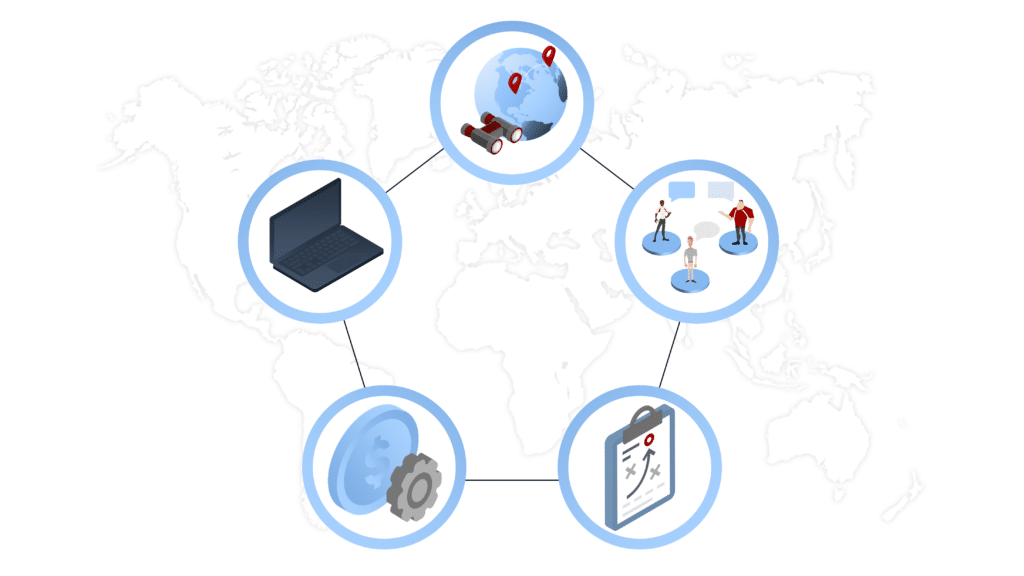The 2020 COVID-19 pandemic was full of hardships for companies worldwide. Many companies were devastated from the lockdown mandates required to slow the spread of the virus, and companies that did not shut down were paralyzed from an immobile supply chain. One of the few tragic blessings from the pandemic were that surviving businesses were able to see major areas of improvement in their supply chains, and now have the opportunity to correct them. Take a look at these five crucial lessons learned and see how you can make your company less vulnerable when the worst situations come.
Get to Know Your Supply Chain
One of the most glaring issues companies faced in the pandemic was that they did not know their supply chains well enough to remain agile and pivot to keep up production. Information like Tier 2 and Tier 3 supplier data fell through the cracks, leaving Tier 1 suppliers and OEMs not having the parts they needed for manufacturing. So, one thing companies can do to prevent total collapse during the next crisis is to get to know their supply chain. Companies need to create supply chain visibility by diving deeply into process, information, and cash flow mapping to better understand where their goods and income originate to help improve decision making.
Use Digital Options
In the midst of a pandemic world, digitization of information and processes is more important than ever. According to Zurich Insider, a 2018 study showed that nearly two-thirds (63%) of companies do not use any technology to monitor their supply chain performance. That has to change. Companies should look at investing in fast paced, digital technologies to assist with their operations. Technologies like machine learning, AI, cloud storage, and predictive intelligence can help improve visibility, continuity, and speed with day-to-day operations.
Choose Vendors by Total Cost, Not Just Price
The pandemic showed that cheapest option is not always the best. Cost is a crucial factor, but a company’s overall spend is defined by more than the price of truck on a given day. The pandemic proved that a provider’s continuity and resilience as well as having a streamlined operation can save a company more than shipment costs.
Update Business Continuity Planning
Many businesses struggled during the COVID pandemic because they did not have an up-to-date business continuity plan. Worldwide shutdowns are not a common occurrence, so it is understandable that this caught many companies by surprise; but, natural and other disasters often occur, so it is important to keep your continuity plan updated. Technology powerhouse, IBM, suggests that companies establish continuity plans that focus on three primary aspects:
- High Availability
- Continuous Operations
- Disaster Recovery
These aspects can keep your supply chain moving, even in a crisis.
Remove Organizational Silos
Communication is fundamental to the health of a business, so removing functional silos within an organization is crucial for visibility, continuity, and resilience. Invest in technology that can keep your team on the same page with one another. Also, it is crucial to develop a culture of communication within your organization so nothing is missed and the right decisions can be made.
Many companies suffered during the 2020 pandemic because of stifled supply chains. A lack of knowledge and visibility, or poor communication were enough to shut down entire organizations. With these valuable lessons learned from failure, companies can start to rebuild – stronger and more agile than ever.



